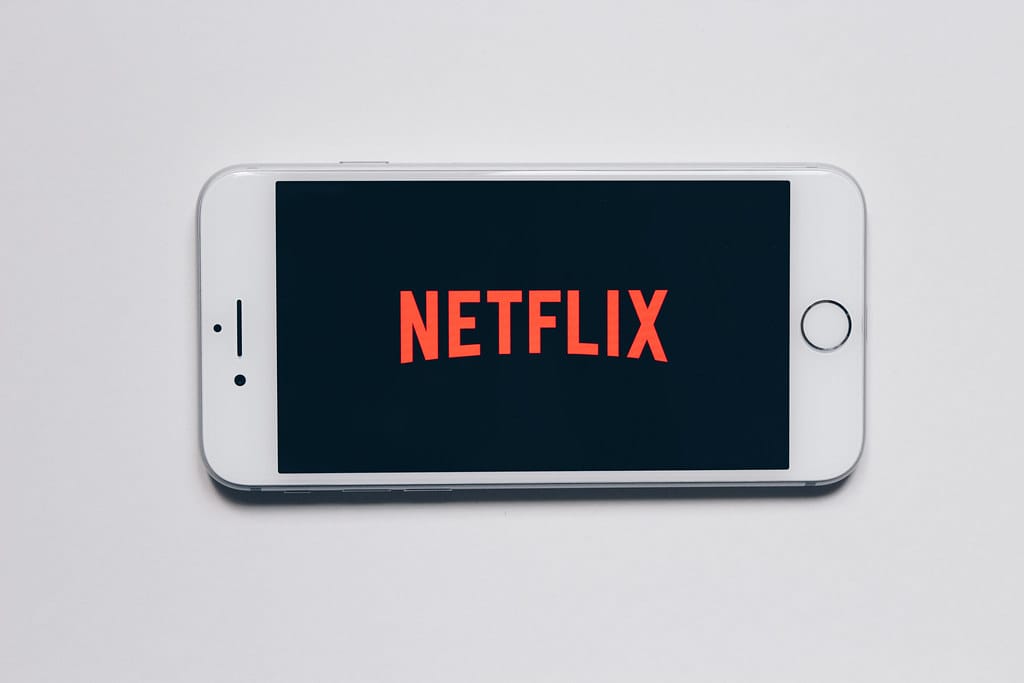Netflix Embraces Traditional TV: Streaming Giant Launches Linear Channels in France
Netflix is making a surprising pivot back to traditional television with the launch of "Netflix Direct," a linear TV channel that began broadcasting in France this November. The move marks a fascinating reversal for the streaming pioneer that once declared the death of scheduled programming, signaling a strategic shift to capture audiences who still prefer the lean-back experience of traditional television.
The Return to Linear Programming
Netflix Direct offers French viewers a curated selection of the platform's most popular content broadcast on a traditional television schedule. Unlike the on-demand model that made Netflix famous, this channel follows a predetermined programming lineup featuring hit series like "Stranger Things," "The Crown," and popular French productions.
The channel operates as a free, ad-supported service available through traditional TV providers, representing Netflix's first major experiment with linear broadcasting since its transformation from a DVD rental service to the world's leading streaming platform over a decade ago.
Why Netflix is Going Backwards
This seemingly retrograde move addresses several strategic challenges facing Netflix in mature markets like France. Despite having over 9 million subscribers in the country, Netflix faces intense competition from local broadcasters, Disney+, Amazon Prime Video, and emerging platforms.
"We've learned that there's still a significant audience that values the communal experience of linear TV," explained Netflix's European content strategy team. The "lean-back" viewing experience, where audiences don't need to actively choose what to watch, remains popular among certain demographics, particularly older viewers who grew up with traditional television.
Market research indicates that 68% of French viewers still watch traditional television daily, even as streaming adoption continues to grow. This suggests there's room for both viewing models to coexist, rather than streaming completely replacing linear TV as many predicted.
Testing Ground for Global Expansion
France serves as an ideal testing ground for this experiment. The country has strong regulations protecting local content and maintains a robust traditional broadcasting infrastructure. French media consumption habits also show a unique blend of digital adoption and traditional media loyalty, making it perfect for understanding how linear and on-demand services can complement each other.
Netflix Direct's programming strategy reflects this hybrid approach. The channel features 40% French content, complying with local regulations while showcasing Netflix's investment in French productions like "Lupin" and "Call My Agent!" This demonstrates how the company can adapt its global content library to meet local cultural and regulatory requirements.
The Broader Streaming Evolution
Netflix's linear experiment reflects broader changes across the streaming landscape. Disney has experimented with scheduled programming blocks, while platforms like Pluto TV and Tubi have found success with free, ad-supported linear channels. Even YouTube has introduced linear programming features, suggesting the industry recognizes that different viewing modes serve different audience needs and moments.
This trend indicates that the future of television might not be the binary choice between streaming and traditional TV that many predicted, but rather a hybrid ecosystem where multiple viewing modes coexist and complement each other.
Implications for the Television Industry
The launch of Netflix Direct could signal a significant shift in how streaming services approach audience engagement. Rather than viewing traditional TV as obsolete technology, Netflix is treating it as another distribution channel that can extend their content's reach and create new advertising opportunities.
For traditional broadcasters, Netflix's move validates their continued relevance while also presenting new competitive challenges. If successful, Netflix Direct could encourage other streaming giants to launch similar services, potentially flooding the linear TV space with new players backed by substantial content libraries and technological sophistication.
The Future of Hybrid Viewing
Netflix's French experiment represents more than just a business strategy—it's a recognition that viewer preferences are more nuanced than industry disruption narratives often suggest. As the streaming wars intensify and subscriber growth slows in mature markets, companies are discovering that innovation sometimes means combining the best of old and new approaches.
Whether Netflix Direct succeeds in France will likely determine if this model expands to other markets. If it does, we may be witnessing the emergence of a new hybrid television ecosystem where the convenience of streaming coexists with the communal experience of traditional broadcasting, giving viewers the best of both worlds.
The streaming revolution may not have killed traditional TV after all—it may have simply evolved it.
